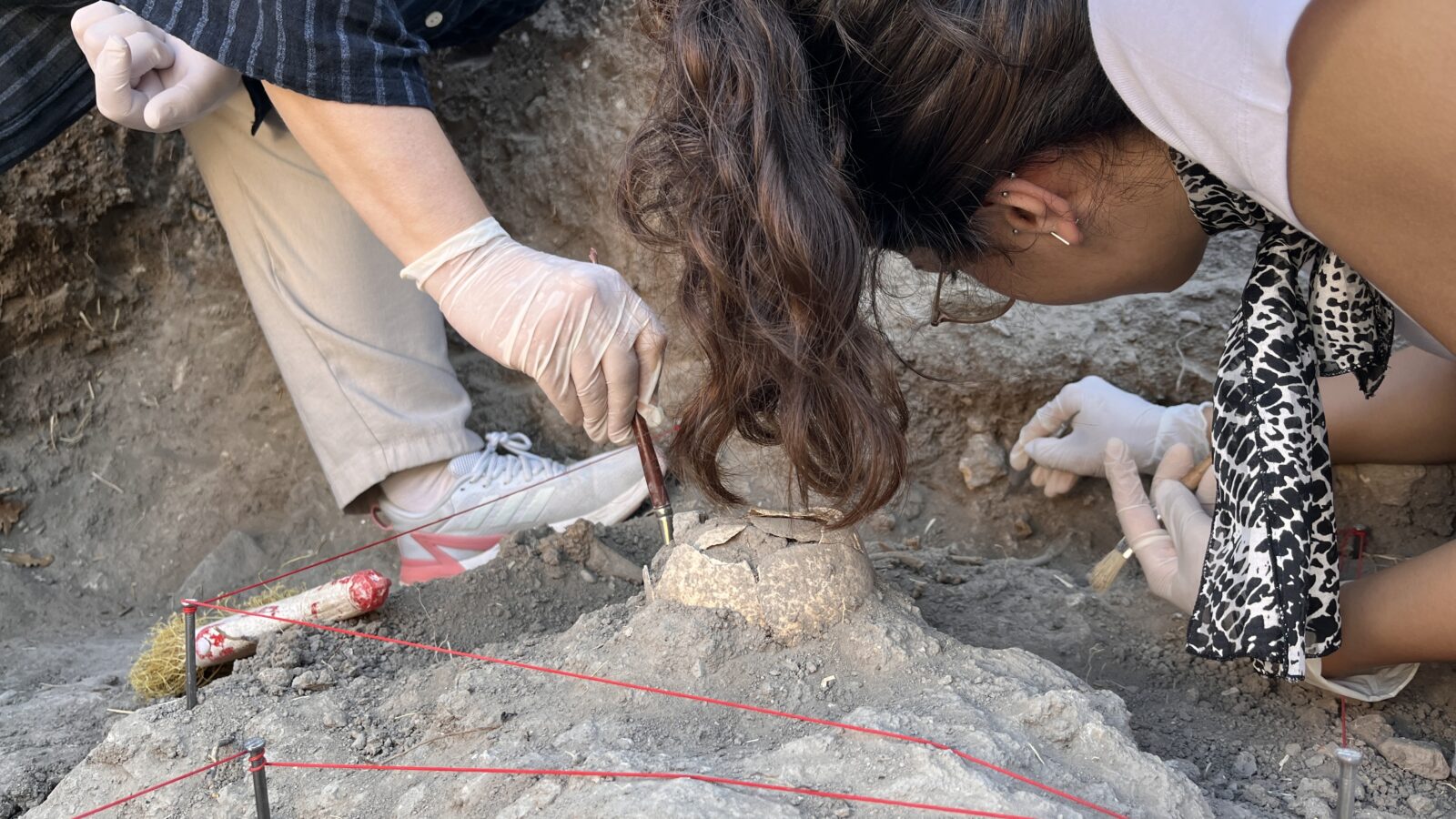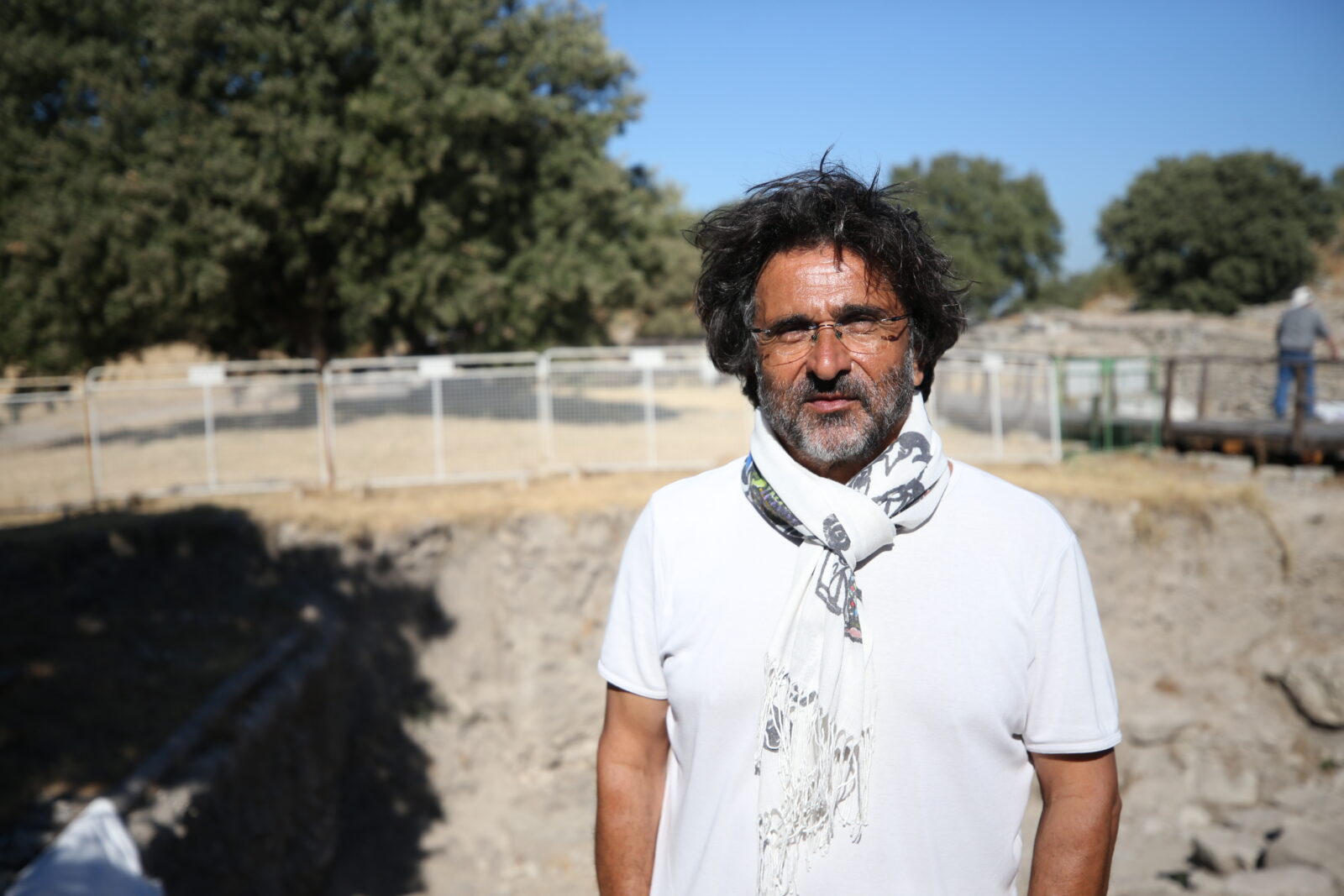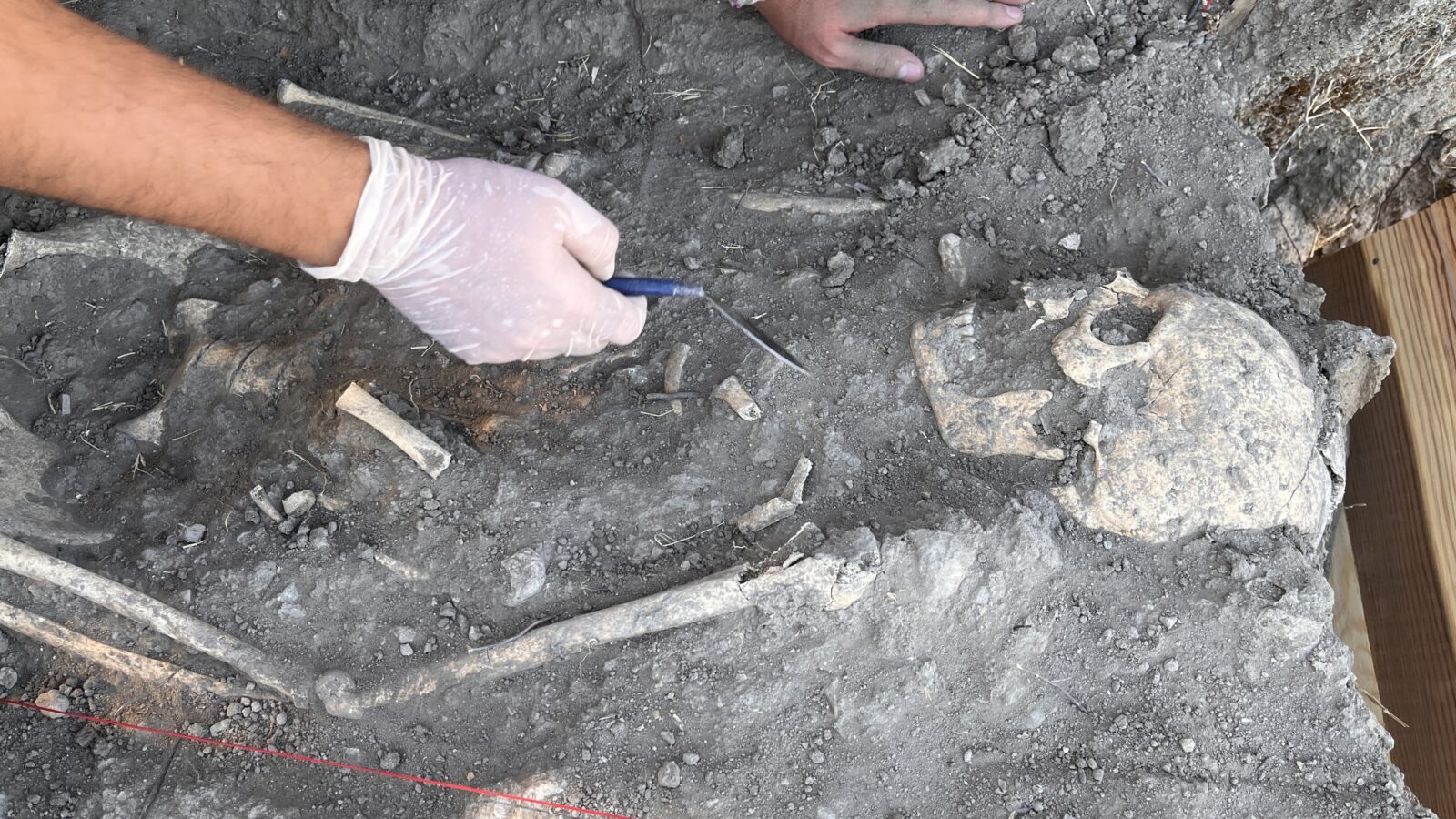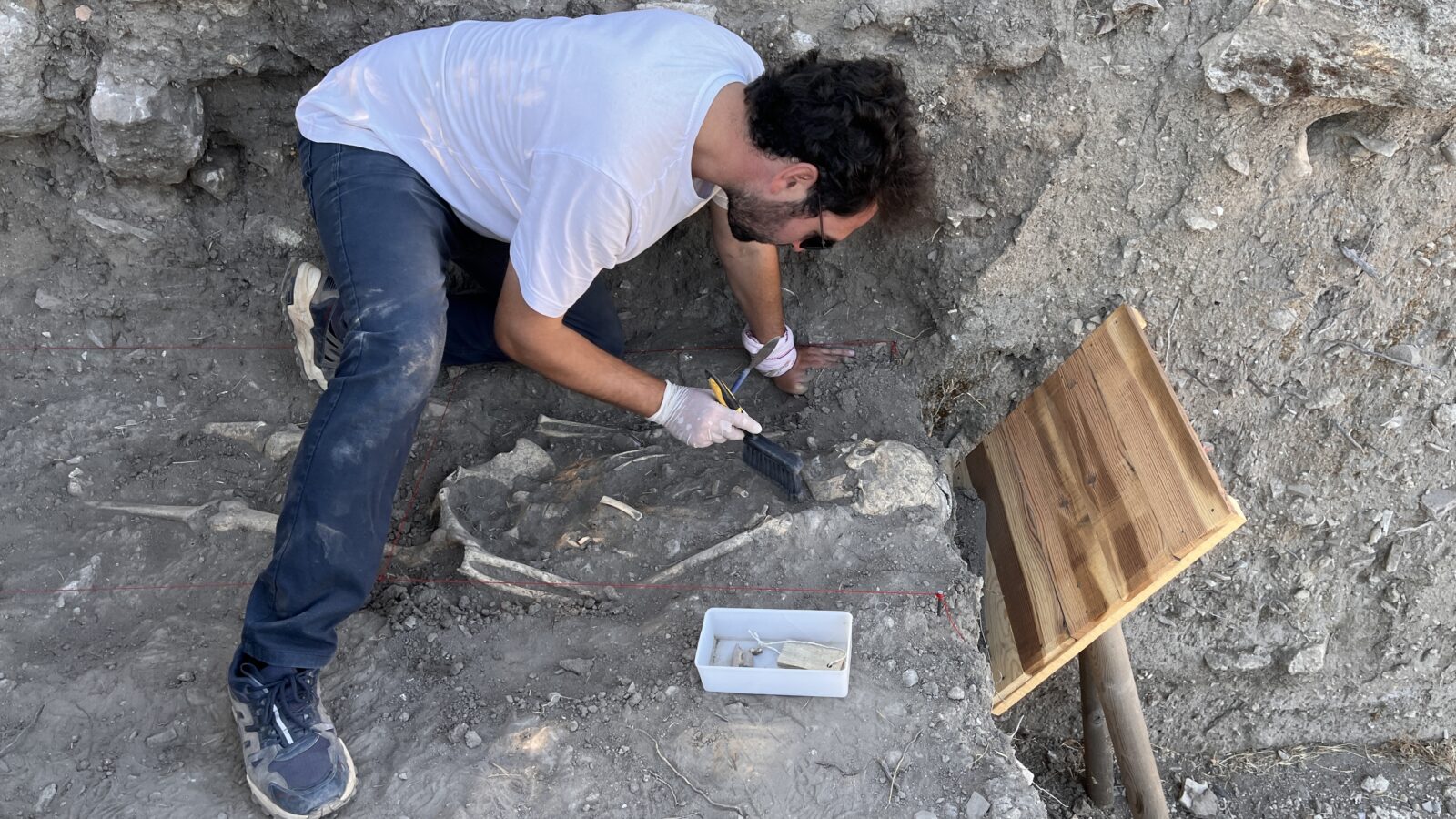
In excavations at the ancient city of Troy, located near Tevfikiye village in Canakkale, four human skeletons identified as the "Last Trojans" have been uncovered. This discovery sheds light on the lives of the final inhabitants of the ancient city.
Professor Rustem Aslan, the head of the excavation, noted that one of these skeletons belonged to a mother and a baby buried alongside her.
Additionally, two male skeletons arranged symmetrically were also found.
"We can refer to these skeletons as 'The Last Trojans.' We plan to conduct surface work on the well-preserved skeleton," he said.

The excavations at Troy, which have been ongoing for 150 years, are part of a research process that has placed the site on the UNESCO World Heritage List.
The work conducted has provided significant findings from various periods of Troy.

Professor Aslan detailed the historical layers and sanctity of Troy, stating, "The initial settlement of Troy dates back to around 3,000 B.C. Then come Troy 1, 2, and 3 layers. Particularly, the treasures discovered by Schliemann are from Troy 2 and 3. Homer's Troy is associated with Troy 6 and 7. The sanctity of this period extends to the Hellenistic and Roman periods. In later periods, Troy was not rebuilt after major earthquakes and continued to exist until the Byzantine era."

The findings are being studied by associate professor Esin Akgul Kalkan and her team from the Department of Forensic Medicine at Canakkale Onsekiz Mart University.
Kalkan stated, "We are trying to determine the health status, causes of death, and age of the skeletons. The preservation of these findings affects the information that can be obtained."
The discovery of skeletons in the cemetery area, especially the presence of a child skeleton alongside a female skeleton, has raised several questions.

Kalkan added, "We are investigating whether there is a familial relationship between these individuals and if their deaths occurred simultaneously."
The excavations and findings provide crucial insights that will help in gaining a deeper understanding of Troy's rich history and cultural heritage.